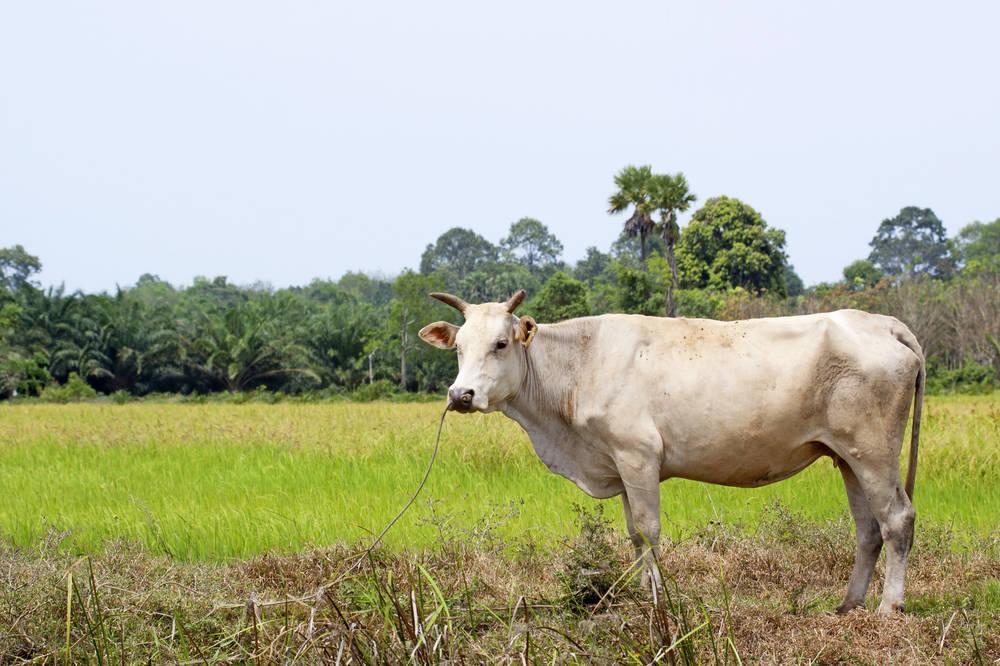
- Online pavilions:
- Veterinary medicines
- Veterinary raw materials
- Other
- Asia
- America
- medical instruments

News briefing: Three, pellet feed fattening cattle Mixing the concentrate and roughage in proportion to feed the fattening cattle into pellets can increase weight gain, reduce feed waste, significantly shorten the feeding time of the test cattle, shorten the labor time
1. Preparation of concentrated feed
Concentrated feed includes energy feed, protein feed, mineral feed, trace (macro) elements and vitamins. Energy feed is mainly corn, sorghum, barley, etc., accounting for about 60%-70% of concentrated feed. Protein feed mainly includes soybean cake (meal), cotton seed cake (meal), peanut cake, etc., accounting for about 20%-25% of concentrated feed. The protein feed for fattening beef cattle in cotton-producing areas should be mainly cottonseed cake (meal) to reduce feed costs, and 5%-10% soybean cake (meal) can be added for calf feed and young cattle fattening. Cotton seed cakes produced by small workshops cannot be fed to cattle to prevent gossypol poisoning. The maximum daily feeding amount of cotton seed cake (meal), soybean cake (meal) and peanut cake should not exceed 3 kg. Mineral feed includes bone meal, salt, baking soda, trace (major) elements, vitamin additives, and generally accounts for 3%-5% of concentrated feed. The fattening bone meal of young cattle accounts for about 2% of the concentrated feed, and the fattening of shelf cattle accounts for 0.5%-1%. In winter, spring and autumn, the amount of dietary salt added accounts for 0.5%-0.8% of the amount of concentrated feed, and the amount of added salt in summer accounts for 1%-1.2% of the amount of concentrated feed. When using distillers' grains as the main coarse feed, baking soda should be added, and the added amount accounts for 1% of the concentrated feed. When other coarse feeds are fed to cattle, 0.3%-0.5% of the concentrated feed can be added in summer. Micro (major) elements and vitamin additives generally cannot be prepared by themselves. They need to be purchased from regular manufacturers and used within the specified period according to the instructions. The use of "three no" products is strictly prohibited.
2. Matters needing attention in the preparation of concentrated feed
It is strictly prohibited to add additives, sex hormones, anabolic hormones, psychotropic drugs, antibiotic filter residues and other drugs that are not allowed to be used by the state. Additives and drugs permitted by the state must be added in strict accordance with regulations. The use of meat and bone meal is strictly prohibited. The moisture content in the feed must not exceed 14%.
Three, pellet feed fattening cattle
Mixing the concentrate and roughage in proportion to feed the fattening cattle into pellets can increase weight gain, reduce feed waste, significantly shorten the feeding time of the test cattle, shorten the labor time and labor intensity of workers, and increase the labor quota. Reduce costs significantly. Reference formula: cornmeal 47.5%, bran 5%, cotton seed cake 10%, additives 1%, salt 0.5%, bone meal 1%, wheat straw meal or grass meal 35%.